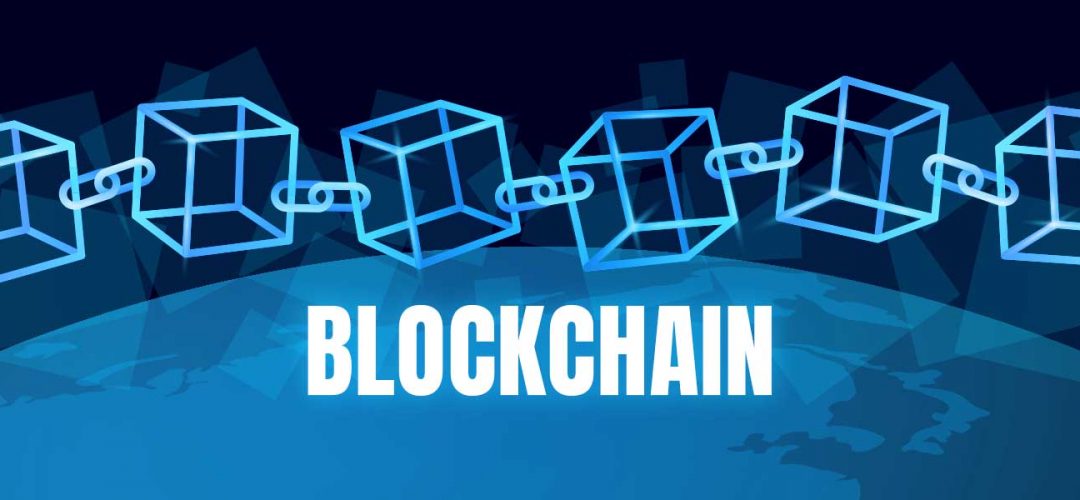In the rapidly evolving digital landscape, the fusion of blockchain wallet technology marks a significant milestone in financial innovation. This post explores the depth and breadth of this convergence, shedding light on its transformative impact on both sectors.
As we delve into the nexus of distributed ledger technology and digital wallets, we unearth the myriad benefits, challenges, and future potentials that lie ahead. Join us on this insightful journey into the merging horizons of blockchain and wallet technology.
The Essence of Blockchain Wallet Technology
The convergence of blockchain and wallet technology heralds a new era of secure, transparent, and efficient financial transactions. By leveraging the immutable nature of blockchain, digital wallets are now able to offer unparalleled security features, reducing the risk of fraud and theft.
This fusion enables users to hold and transact various digital assets, from cryptocurrencies to tokenized real-world assets, all within a single, unified interface. The democratization of access to global markets is one of the standout benefits, empowering individuals around the globe with unprecedented financial mobility.
Moreover, the inherent transparency of blockchain technology ensures that every transaction is recorded on a public ledger, accessible to all, thus fostering a new level of trust in digital transactions.
Yet, the integration of these technologies is not without its challenges. Key among them is the steep learning curve, which can deter newcomers from fully embracing these innovative tools.
Driving Factors Behind the Integration
Several catalysts are propelling the harmonization of blockchain and digital wallets. The escalating demand for more secure and private ways to manage and transact digital assets is a primary driver.
In addition, the growing recognition of cryptocurrencies as viable investment assets and mediums of exchange has necessitated more robust and versatile wallet solutions. This demand has spurred ongoing innovation, pushing the boundaries of what is possible within the digital finance realm.
Another significant factor is the push towards a more decentralized and open financial system. The fusion of these technologies is seen as a critical step in reducing reliance on traditional banking and financial institutions, potentially reshaping the global financial landscape.
Implications for Users and the Market
The convergence of blockchain and wallet technology has profound implications for users. It simplifies the management of diverse digital assets while enhancing security and trust. Users benefit from the seamless experience and the added layer of transparency and accountability provided by blockchain.
For the market, this integration spells the facilitation of more streamlined and efficient transactions, potentially lowering costs and barriers to entry for various financial operations.
It also paves the way for innovative financial products and services, including smart contracts, decentralized finance (DeFi) solutions, and more, further expanding the utility and appeal of digital assets.
However, the widespread adoption of these technologies also poses regulatory challenges, as governments and financial bodies work to keep pace with the rapid innovation.
The potential for increased privacy and security may also raise concerns about illicit transactions, prompting a call for balanced regulatory frameworks that foster innovation while mitigating risks.
Future Prospects and Innovations
Looking ahead, the ongoing convergence of blockchain and wallet technologies promises a wealth of opportunities for further innovation. The development of more user-friendly and accessible wallet interfaces is a critical area of focus, aiming to lower the barrier for entry into the digital asset space.
Additionally, the integration of artificial intelligence and machine learning could revolutionize wallet security, offering dynamic, adaptive protections against evolving threats.
Interoperability between different blockchain networks and wallet platforms is another frontier, with the potential to create a more cohesive and interconnected digital asset ecosystem.
The exploration of non-fungible tokens (NFTs) and their management within digital wallets is already underway, hinting at the diverse use cases that lie ahead for digital ownership and asset management.
In conclusion, the merging of blockchain and wallet technology is not just a fleeting trend but a fundamental shift towards a more secure, transparent, and inclusive financial ecosystem. As we stand on the cusp of this transformation, the potential for innovation and growth within the digital finance sphere is boundless. Embracing this convergence will undoubtedly shape the future of financial transactions and asset management in the digital age.






